Captivating Images Of The B-1B Lancer

U.S. Air Force Staff Sgt. Cody Owens, 28th Aircraft Maintenance Squadron flight controls journeymen, awaits engine shut-down of a U.S. Air Force Rockwell B-1B Lancer deployed from Andersen Air Base, Guam, at Osan Air Base, Republic of Korea. These B-1b images were photographed by military veterans and service members.

A B-1B Lancer assigned to the 34th Bomb Squadron, Ellsworth Air Force Base, S.D., begins to take off down the runway during Red Flag 17-1 on Nellis Air Force Base, Nev.
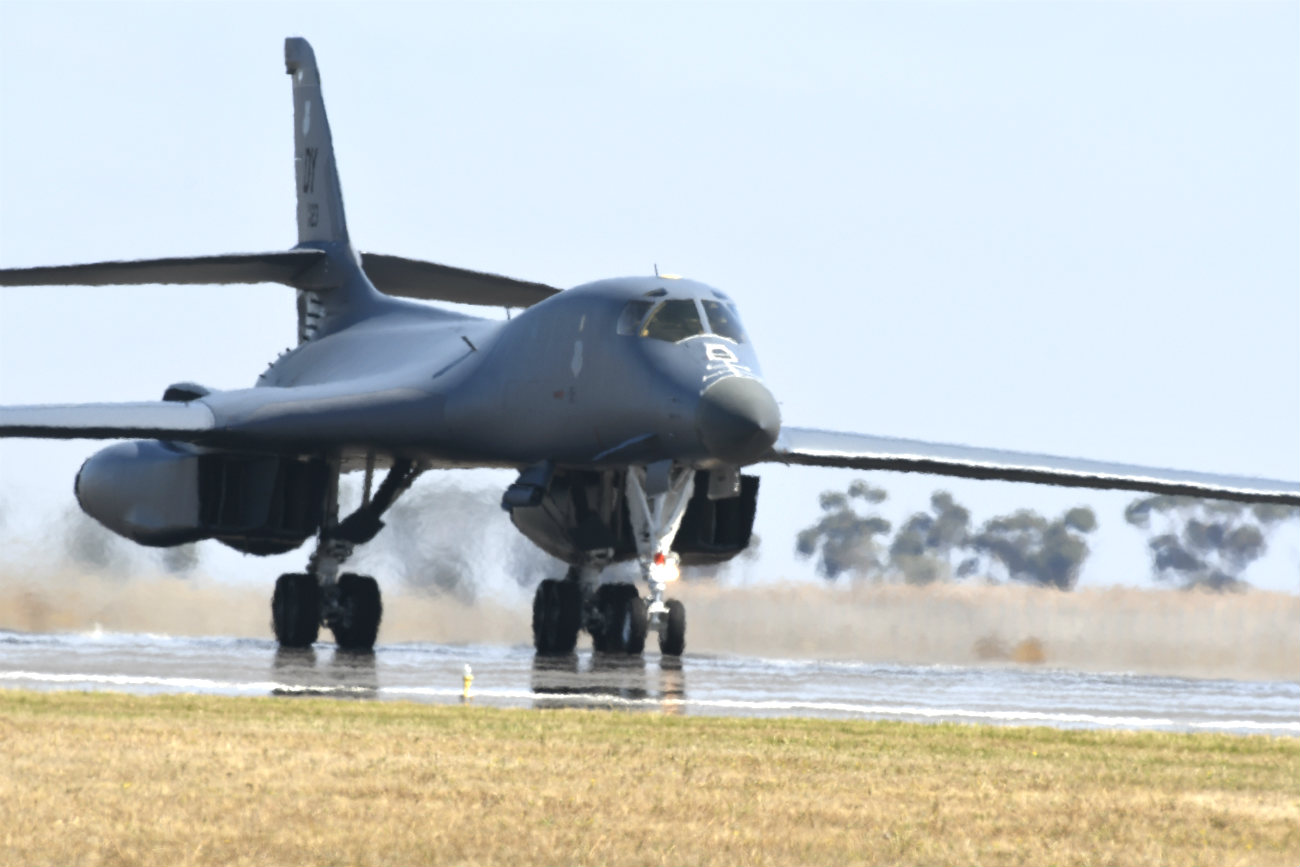
A U.S. Air Force B-1B Lancer bomber aircraft lands at Avalon Airport, Geelong, Australia.
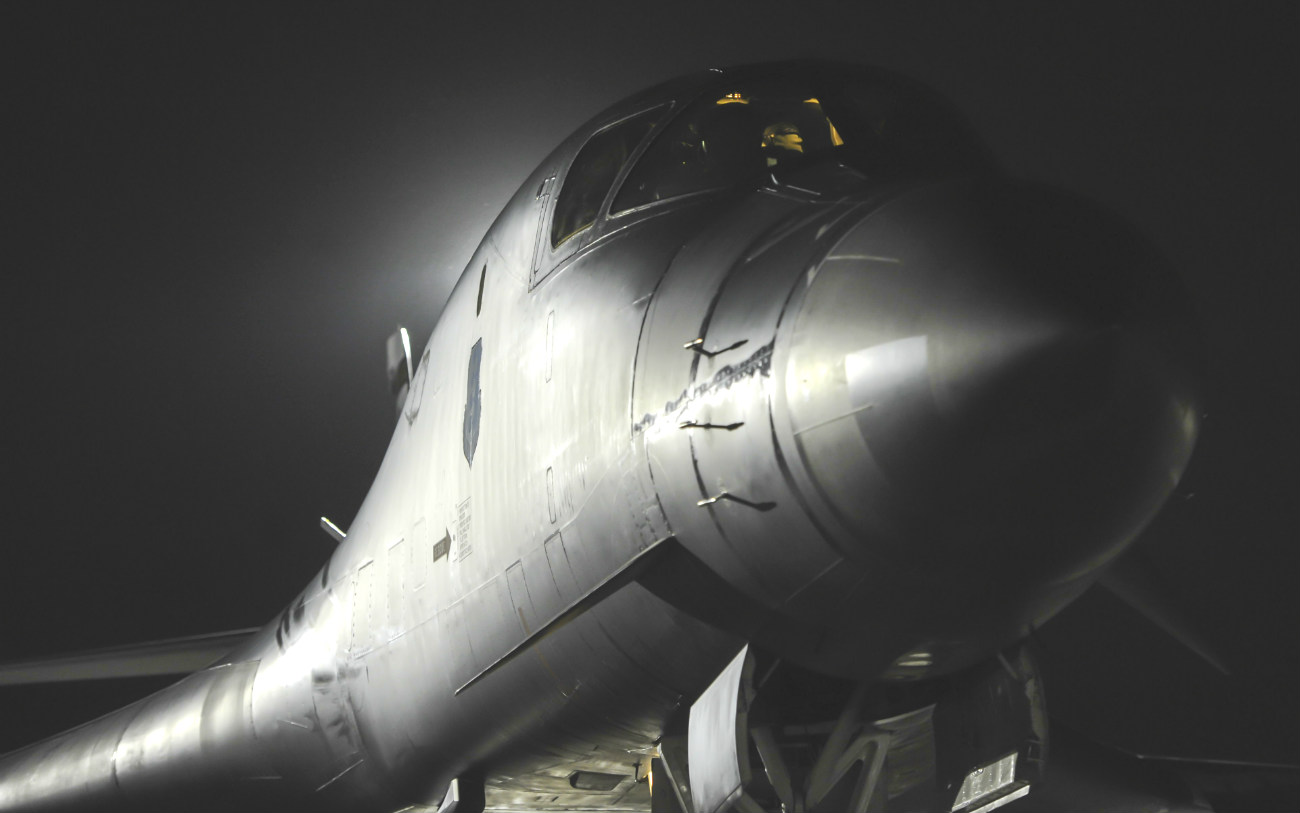
A B-1B Lancer assigned to the 34th Bomber Squadron, Ellsworth Air Force Base, S.D., rests on the flightline as pilots perform preflight checks during Red Flag 17-1 on Nellis Air Force Base, Nev.
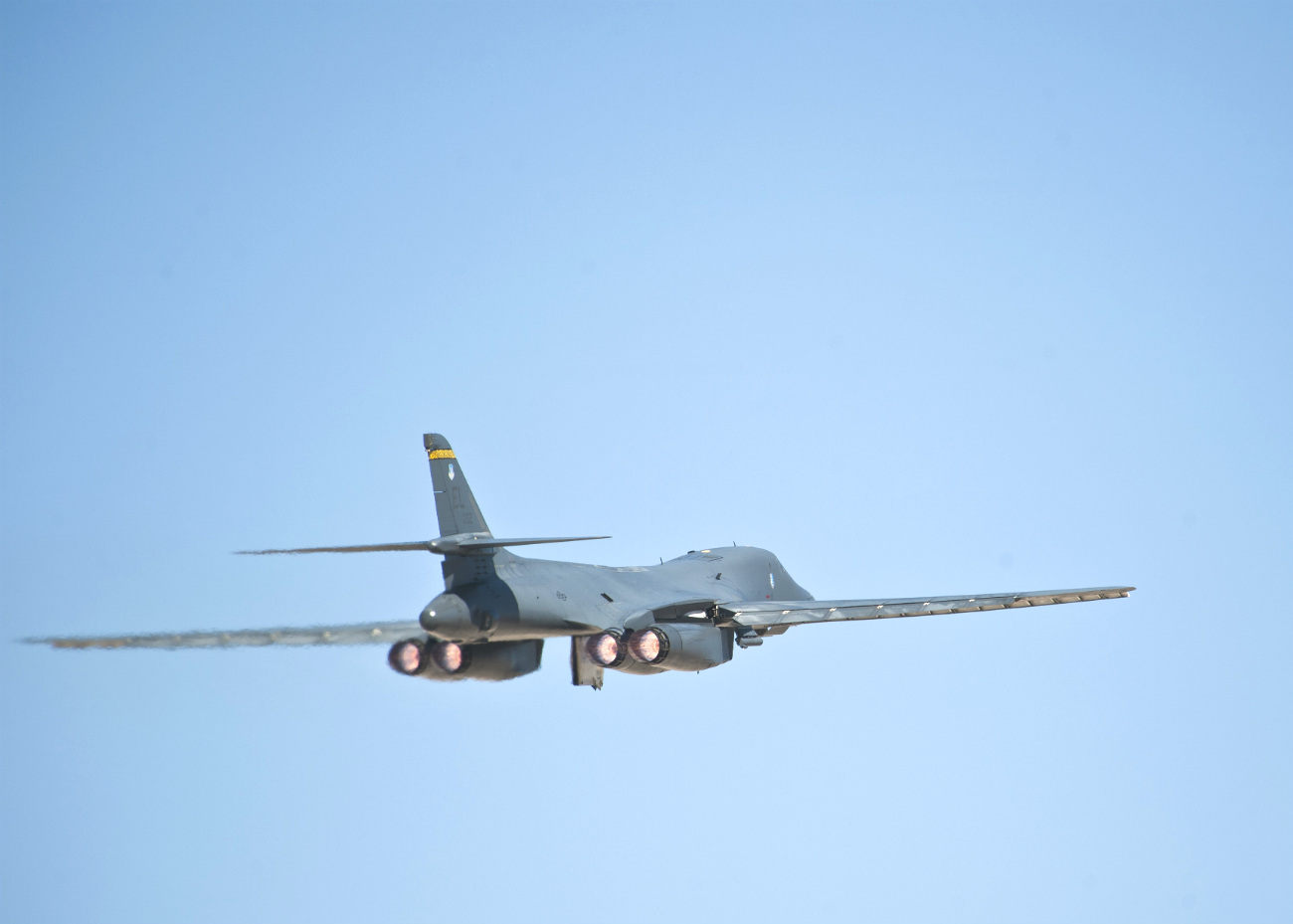
A B-1B Lancer assigned to the 37th Bomb Squadron, Ellsworth Air Force Base, S.D., flies during Red Flag 15-2 sortie at Nellis AFB, Nev. These B-1b images were photographed by military veterans and service members.
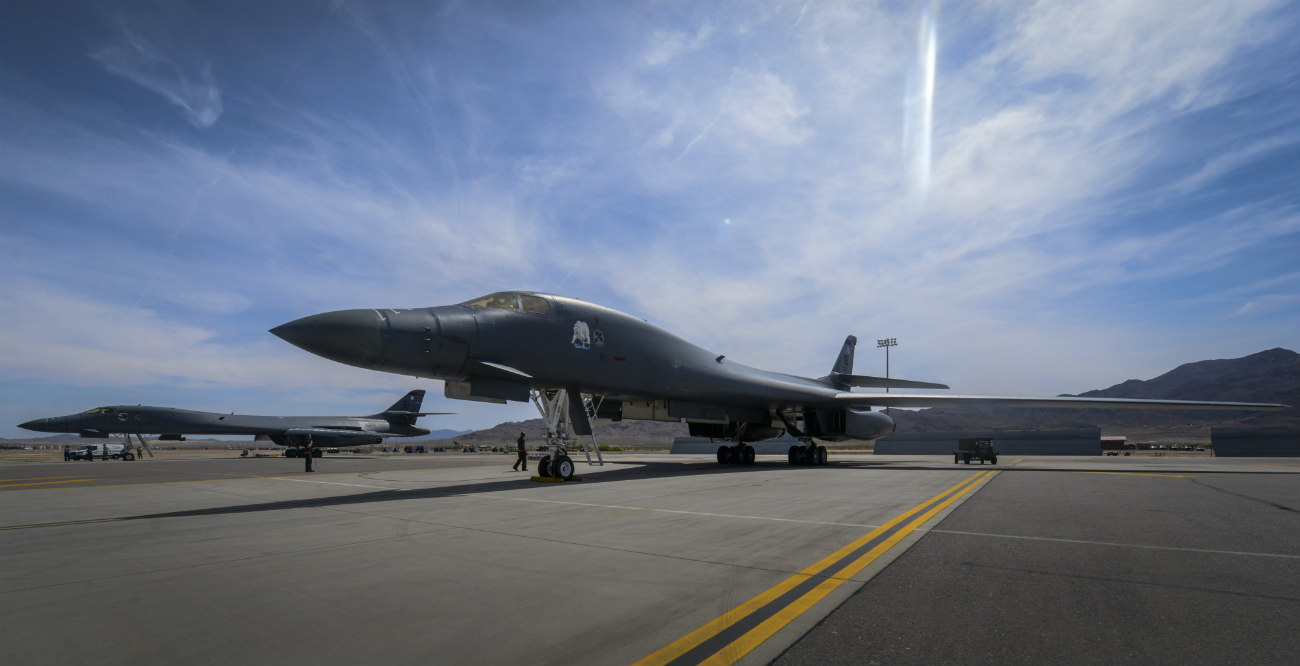
Two B-1B Lancers, assigned to the 34th Bomb Squadron, Ellsworth Air Force Base, South Dakota, sit on the bomber pad before takeoff during Green Flag 16-05 at Nellis Air Force Base, Nev.
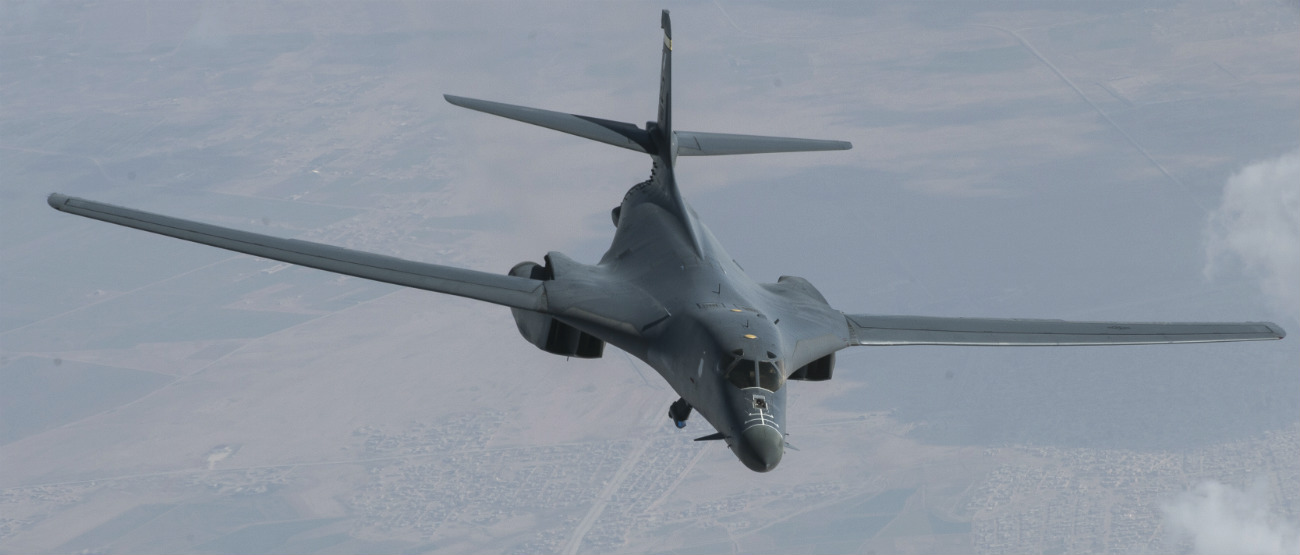
A U.S. Air Force B-1B Lancer from the 34th Expeditionary Bomb Squadron approaches a USAF KC-135 Stratotanker for refueling.
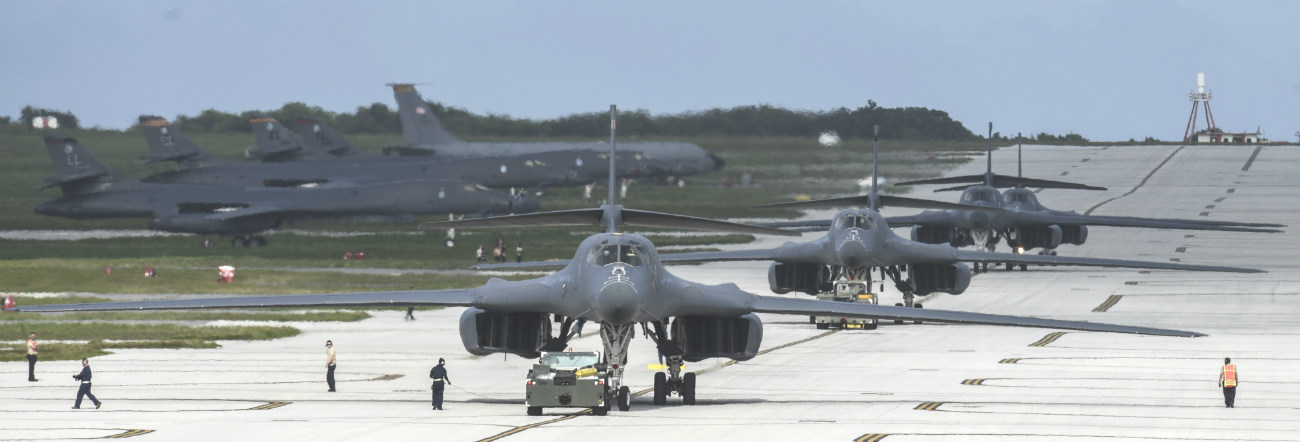
Four U.S. Air Force B-1B Lancers assigned to the 9th Expeditionary Bomb Squadron, deployed from Dyess Air Force Base, Texas, arrive at Andersen AFB, Guam.
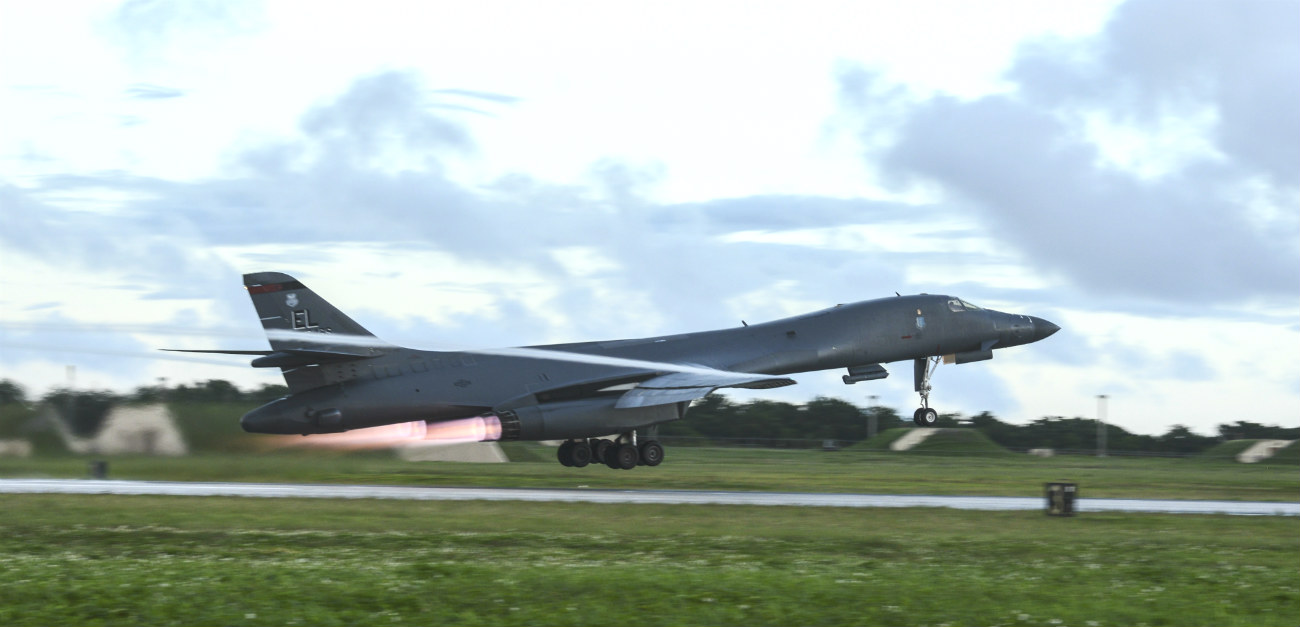
A U.S. Air Force B-1B Lancer takes off from Andersen AFB, Guam. These B-1b images were photographed by military veterans and service members.
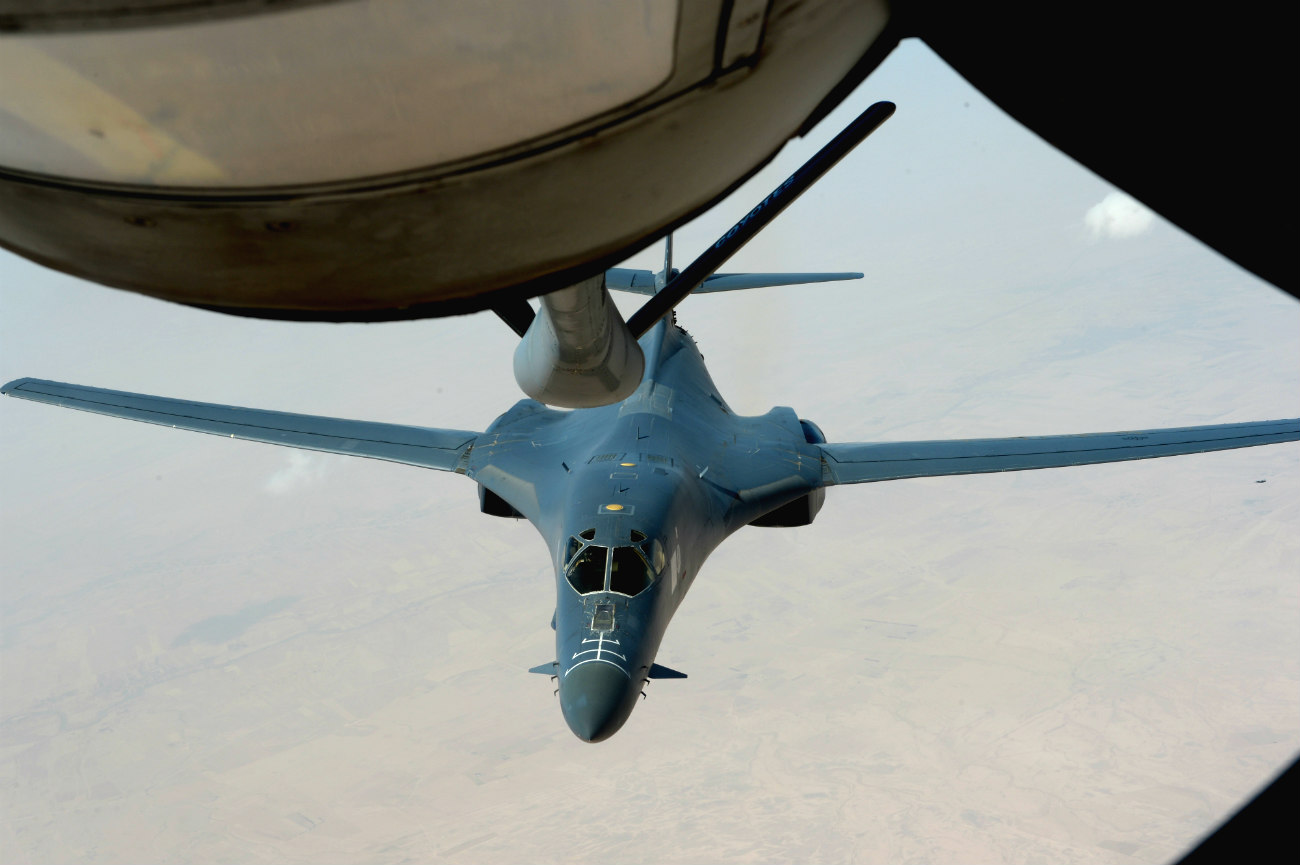
A U.S. Air Force B-1B Lancer from the 34th Expeditionary Bomb Squadron approaches a USAF KC-135 Stratotanker from the 340th Expeditionary Air Refueling Squadron for refueling over Southwest Asia in support of Operation Inherent Resolve.
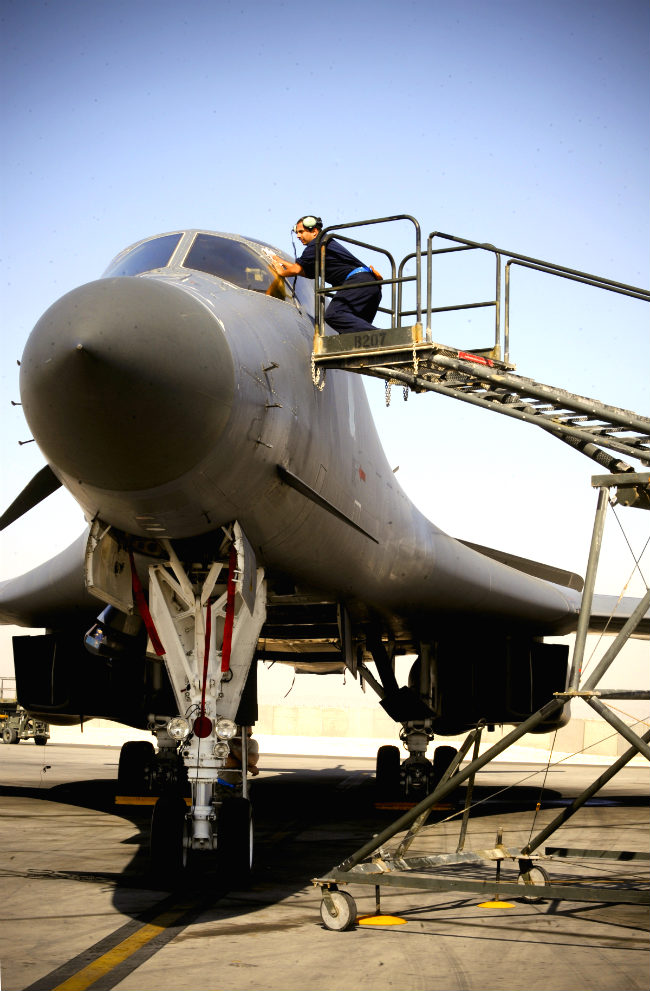
Staff Sgt. Trevor Helm, a crew chief for the 7th Aircraft Maintenance Unit, washes the windshield of a B-1B Lancer prior to a mission.
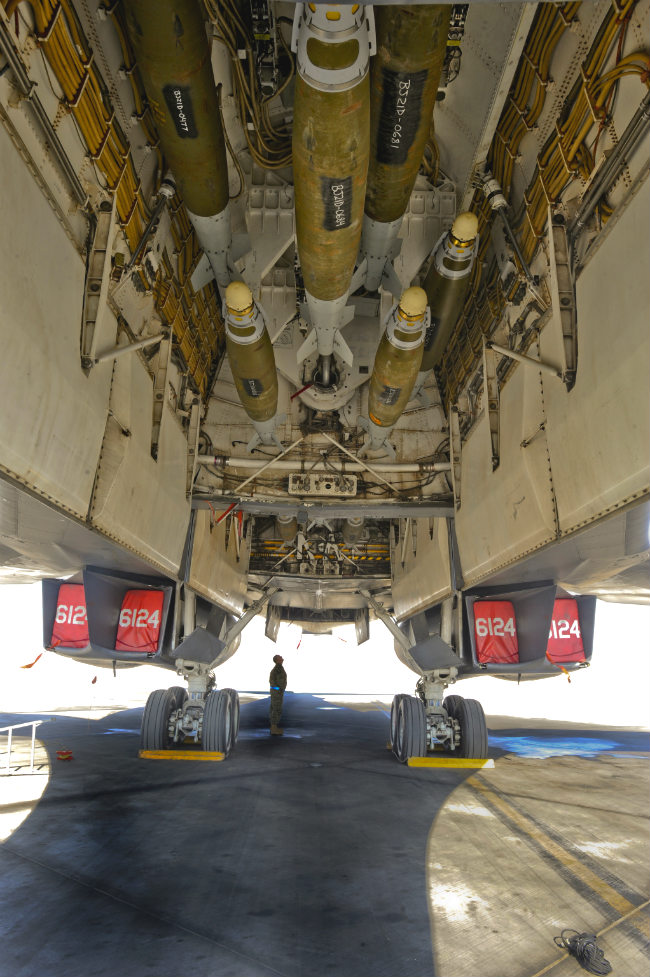
The bomb bay of a B-1B Lancer is loaded and ready for another mission, in an undisclosed location in Southwest Asia.
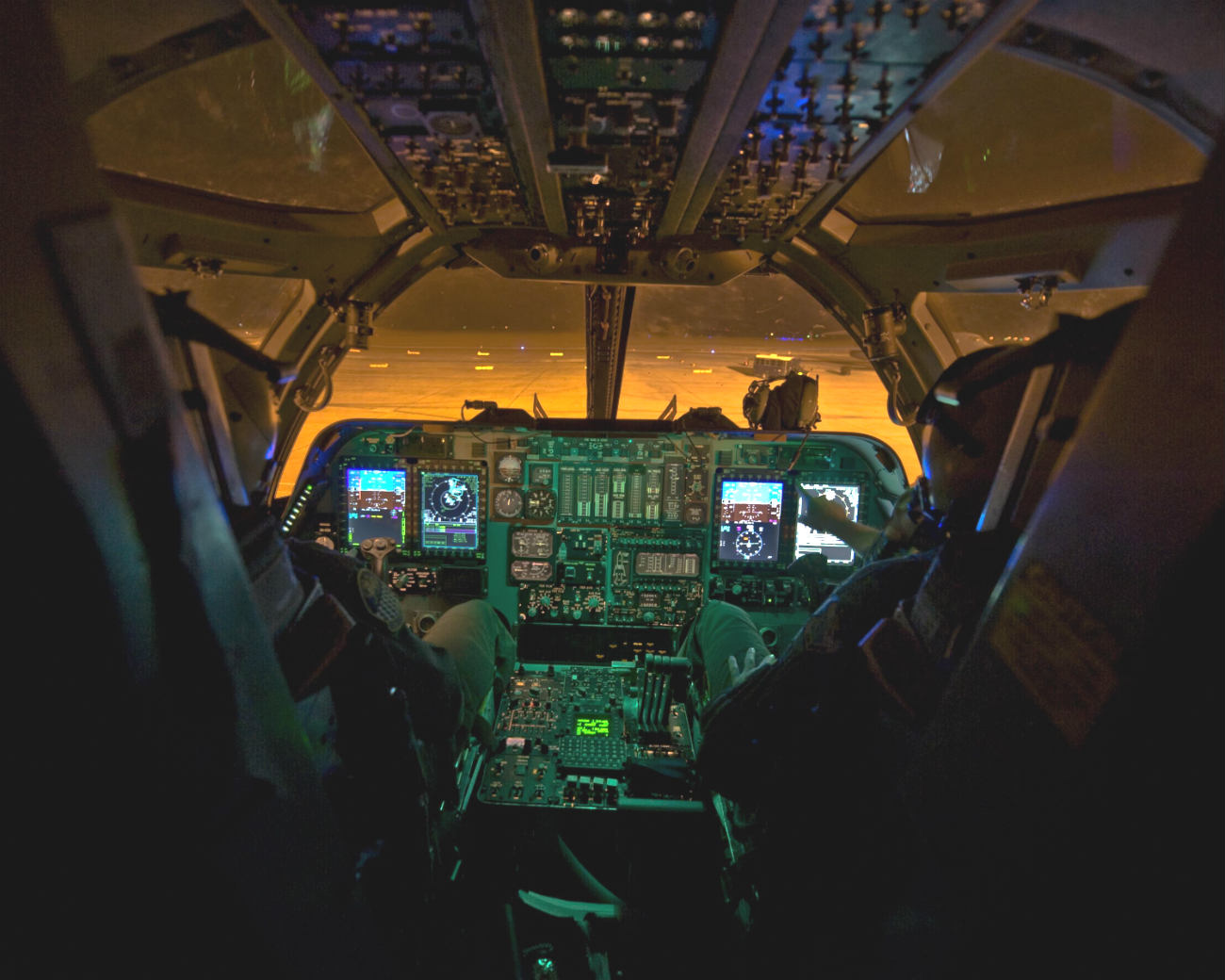
Maj. James Silva (left) and Lt. Col. Steven Myers complete a flight in the first newly-upgraded operational B-1B Lancer, at Dyess Air Force Base, Texas. These B-1b images were photographed by military veterans and service members.
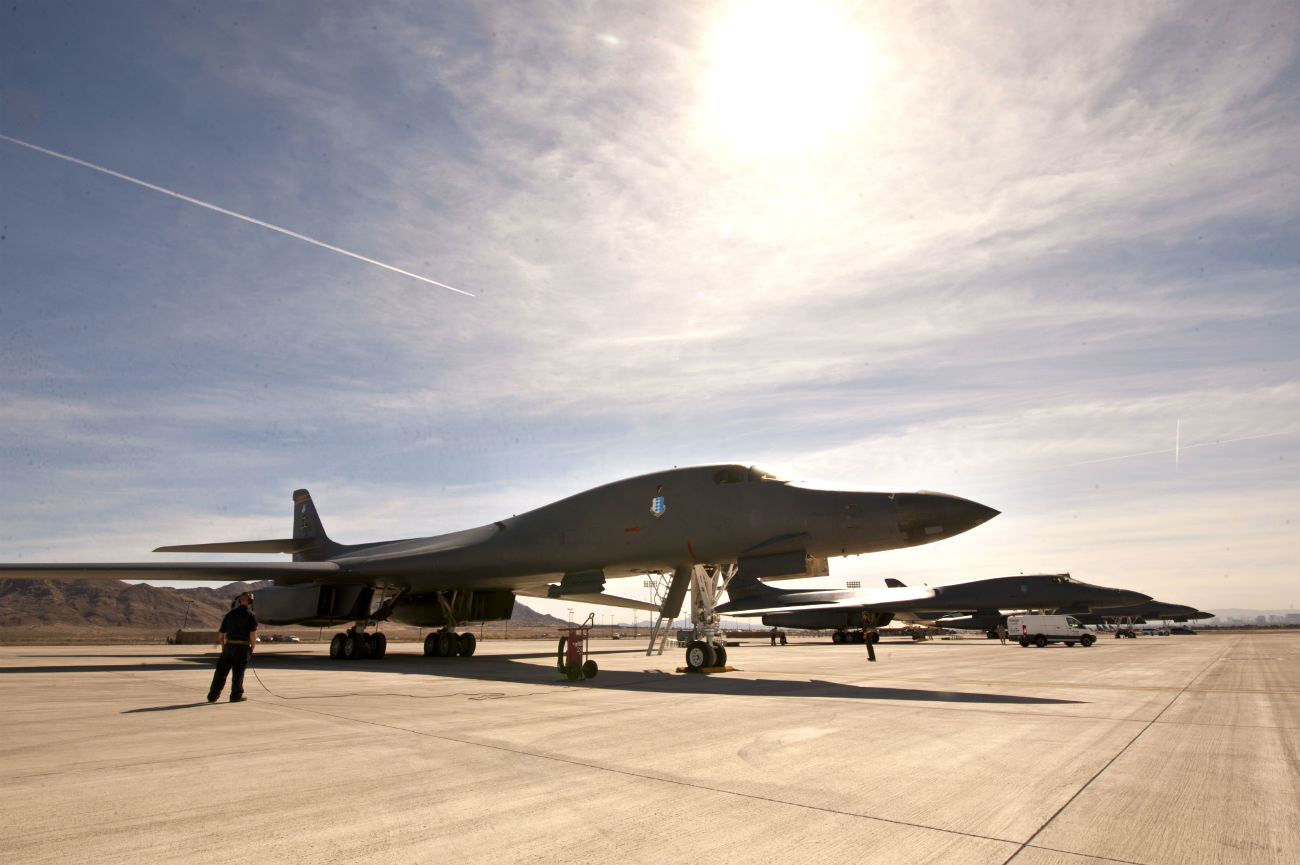
B-1B Lancers assigned to the 28th Bomb Wing, 34th Bomb Squadron, Ellsworth Air Force Base, S.D., receive final preparations before takeoff for a Red Flag 16-2 training sortie.

A B-1B Lancer assigned to the 7th Expeditionary Bomb Squadron takes off on a sortie, at an undisclosed location in Southwest Asia.
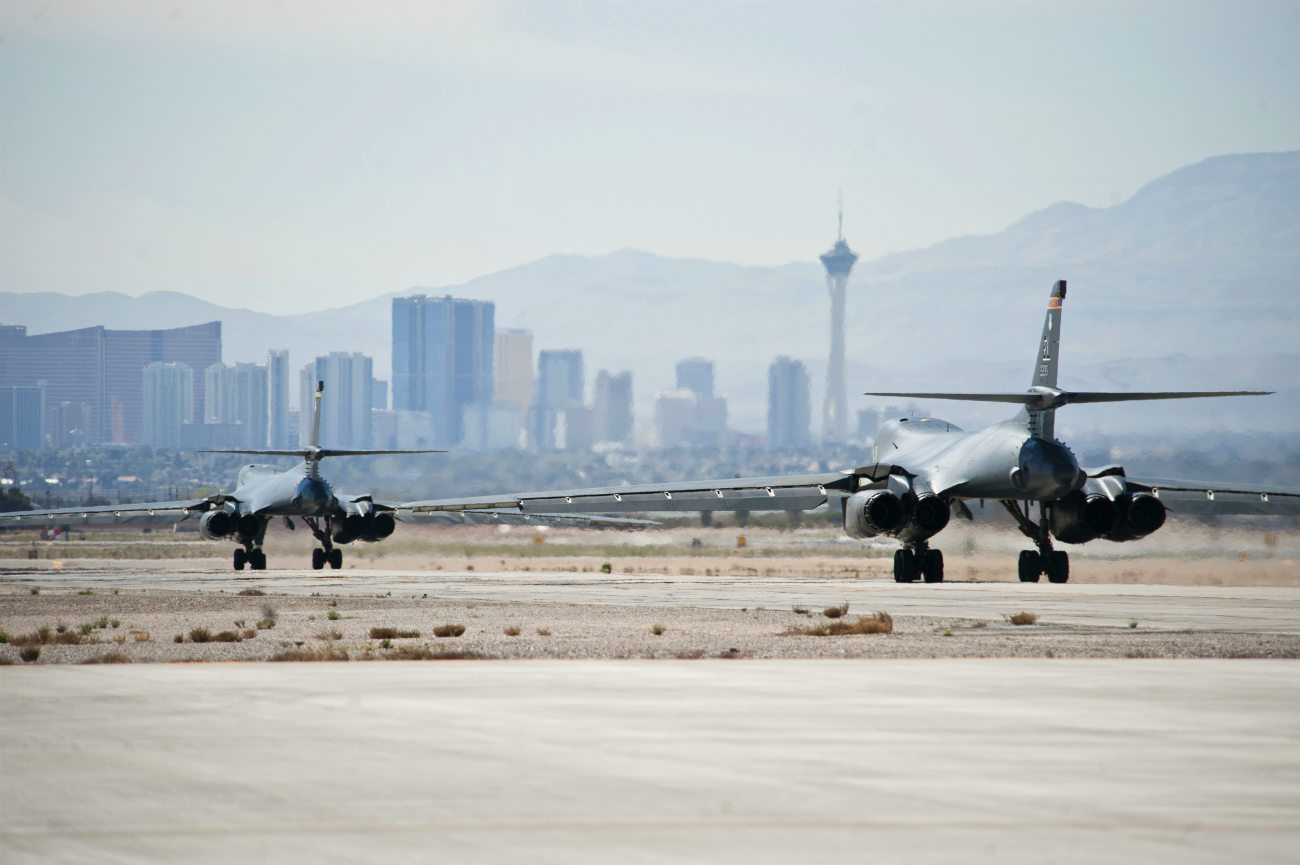
Two B-1B Lancers assigned to the 37th Bomb Squadron, Ellsworth Air Force Base, S.D., taxi during Red Flag 15-2 at Nellis AFB, Nev.

A U.S. Air Force B-1B Lancer assigned to the 9th Expeditionary Bomb Squadron, deployed from Dyess Air Force Base, Texas, arrives. These B-1b images were photographed by military veterans and service members.
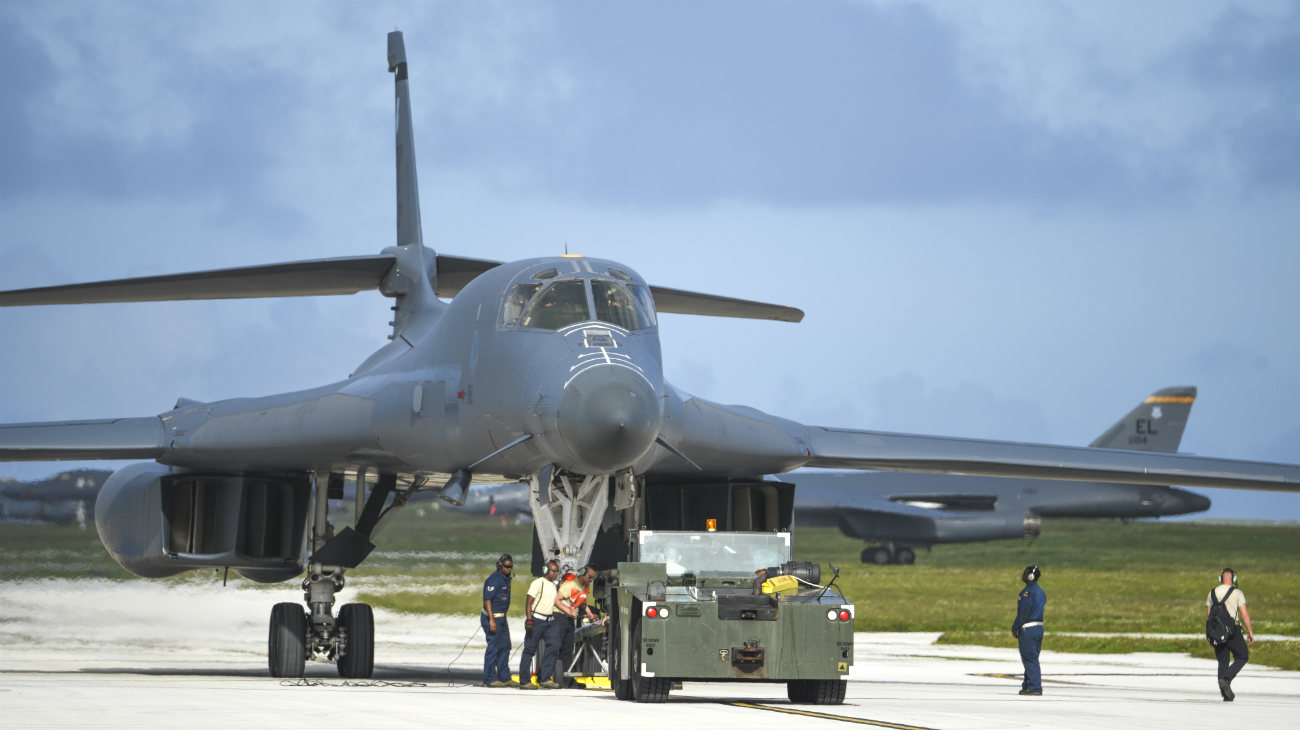
A U.S. Air Force B-1B Lancer assigned to the 9th Expeditionary Bomb Squadron, deployed from Dyess Air Force Base, Texas, arrives at Andersen AFB, Guam.
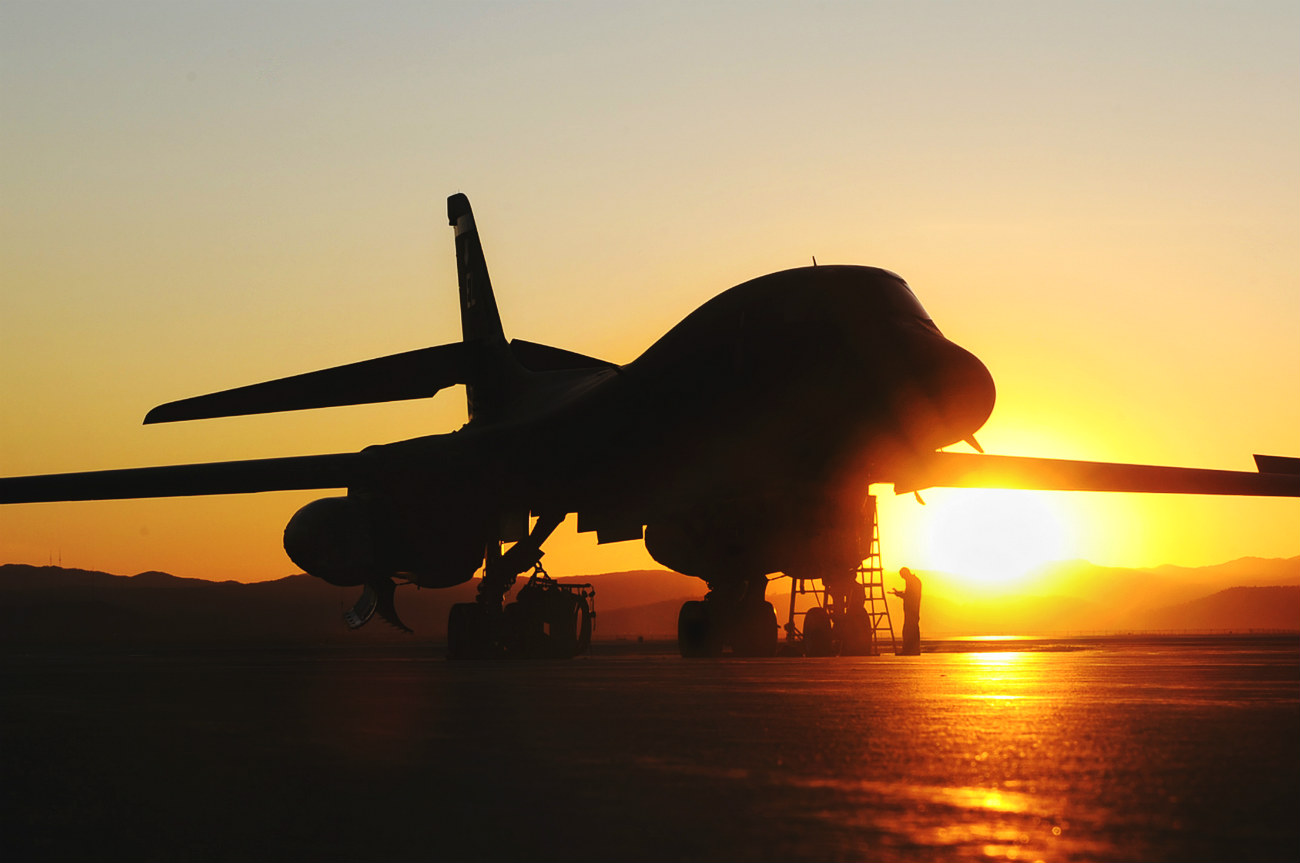
A B-1B Lancer sits on the flightline while receiving a post-flight inspection. The B-1 can rapidly deliver massive quantities of precision and non-precision weapons against any adversary, anywhere in the world.
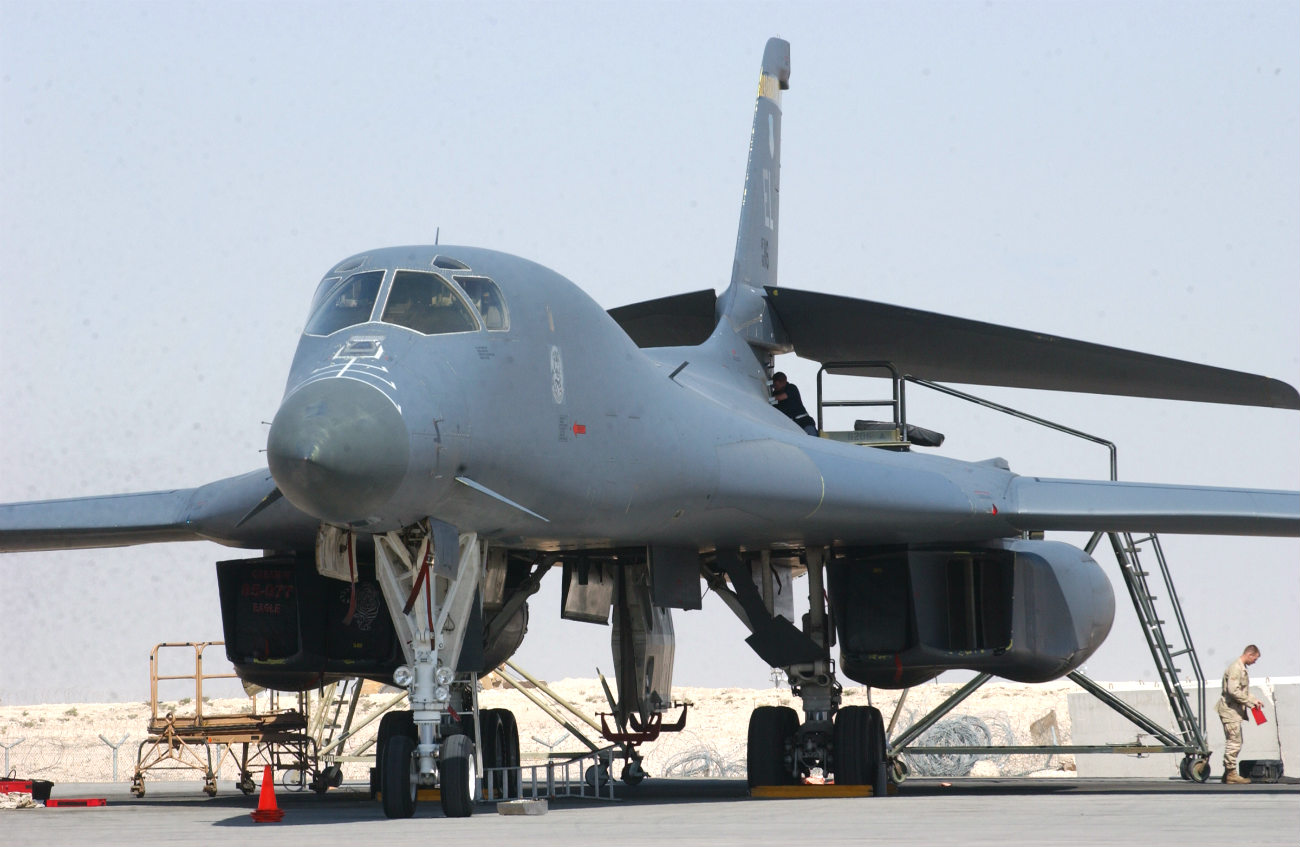
A U.S. Air Force B-1B Lancer takes off on a mission from a base in Southwest Asia.
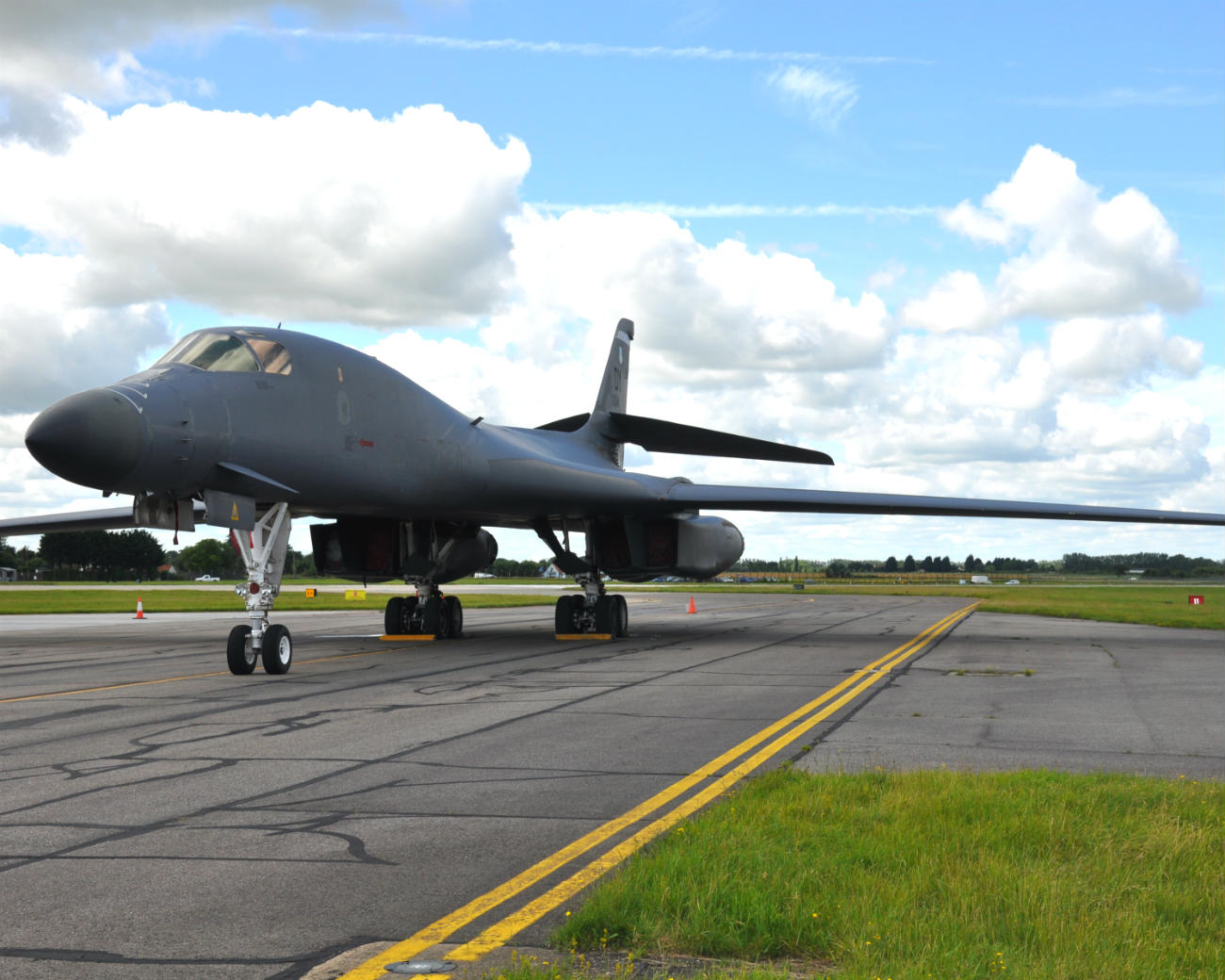
A transient B-1B Bomber from the 7th Bomb Wing, Dyess Air Force Base, Texas, sits on the RAF Mildenhall flightline. These B-1b images were photographed by military veterans and service members.
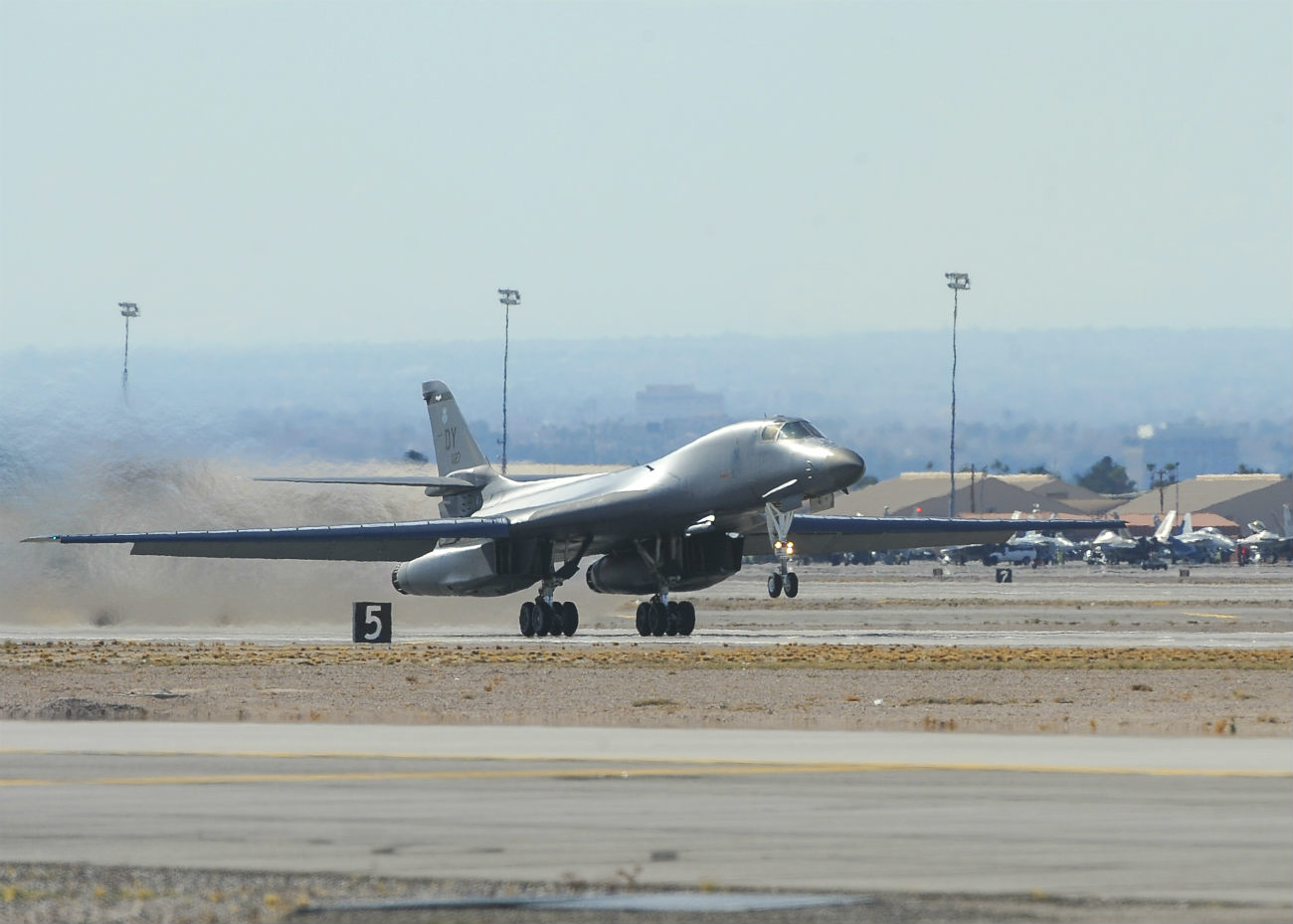
A B-1B Lancer, assigned to the 7th Bomb Wing, Dyess Air Force Base, Texas, takes off from Nellis AFB, Nev., during Red Flag 16-1.
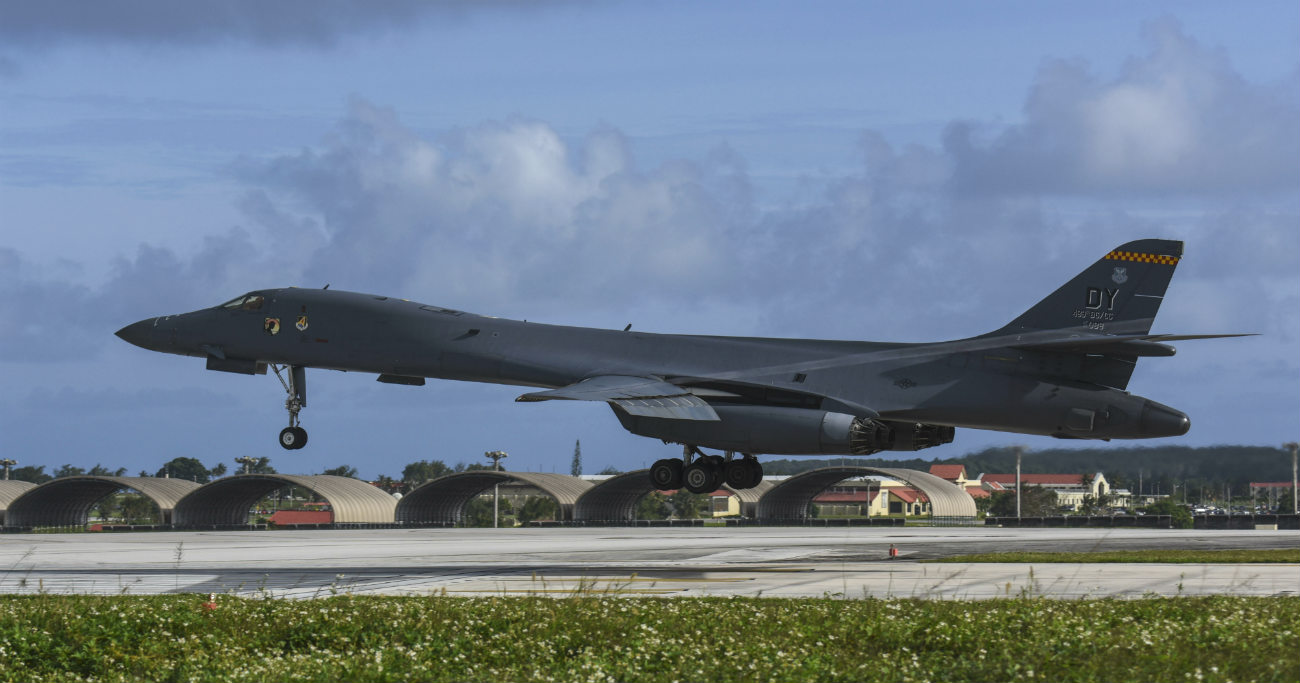
A U.S. Air Force B-1B Lancer assigned to the 9th Expeditionary Bomb Squadron, deployed from Dyess Air Force Base, Texas, lands at Andersen AFB, Guam.
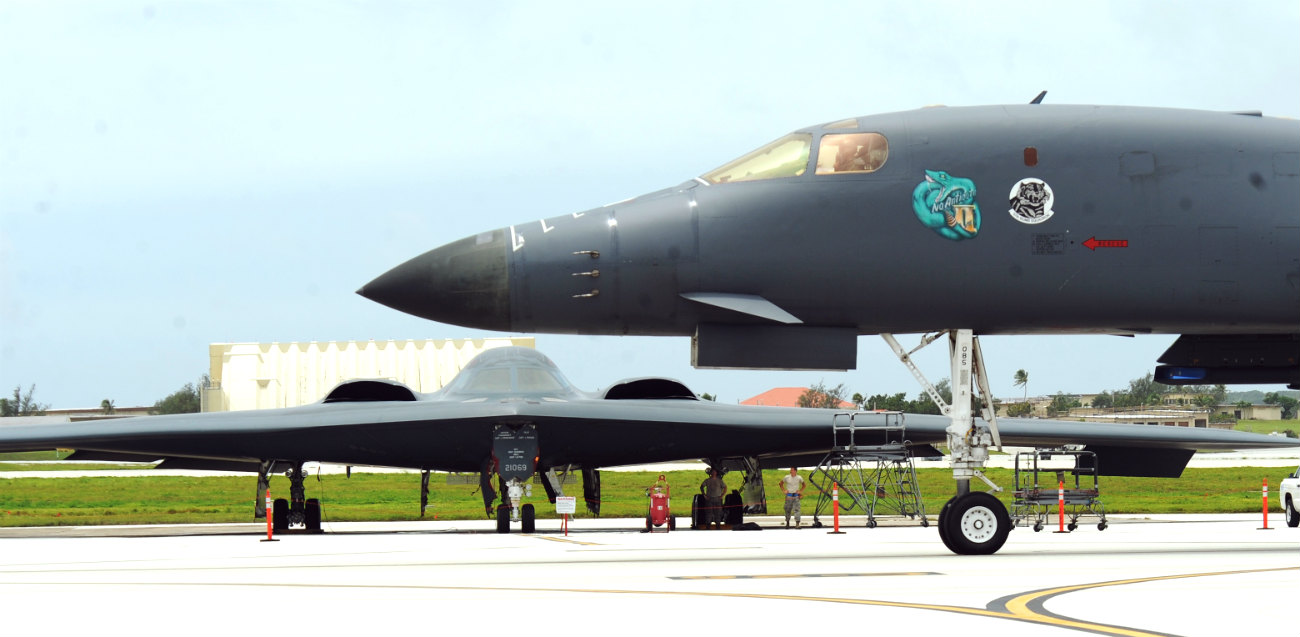
A U.S. Air Force B-1 Lancer deployed from Ellsworth Air Force Base, S.D., taxis in front of a B-2 Spirit, deployed from Whiteman Air Force Base, Mo., at Andersen Air Force Base, Guam.
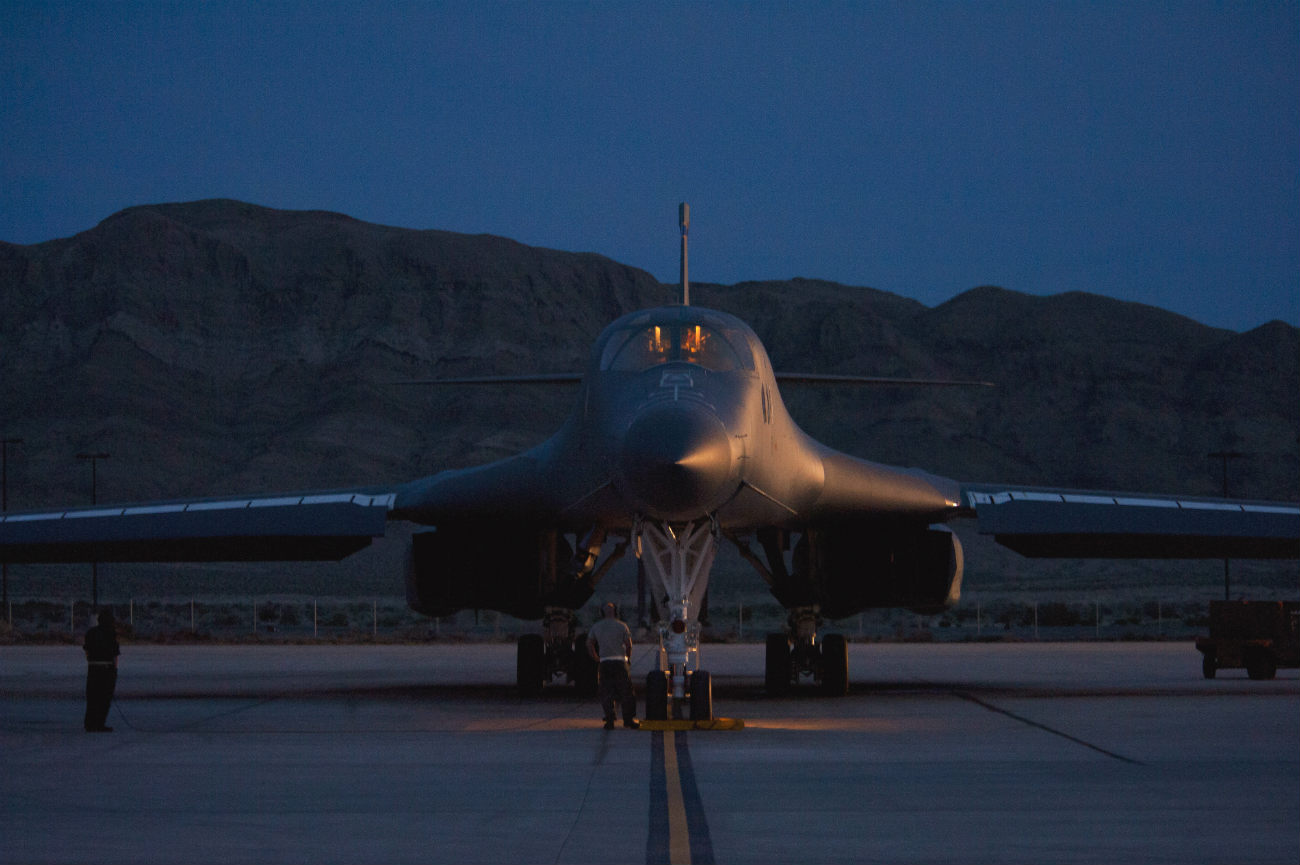
Two crew chiefs assigned to the 28th Aircraft Maintenance Squadron, Ellsworth Air Force Base, S.D., prep a B-1B Lancer for flight during Red Flag 15-2 at Nellis AFB, Nevada. These B-1b images were photographed by military veterans and service members.
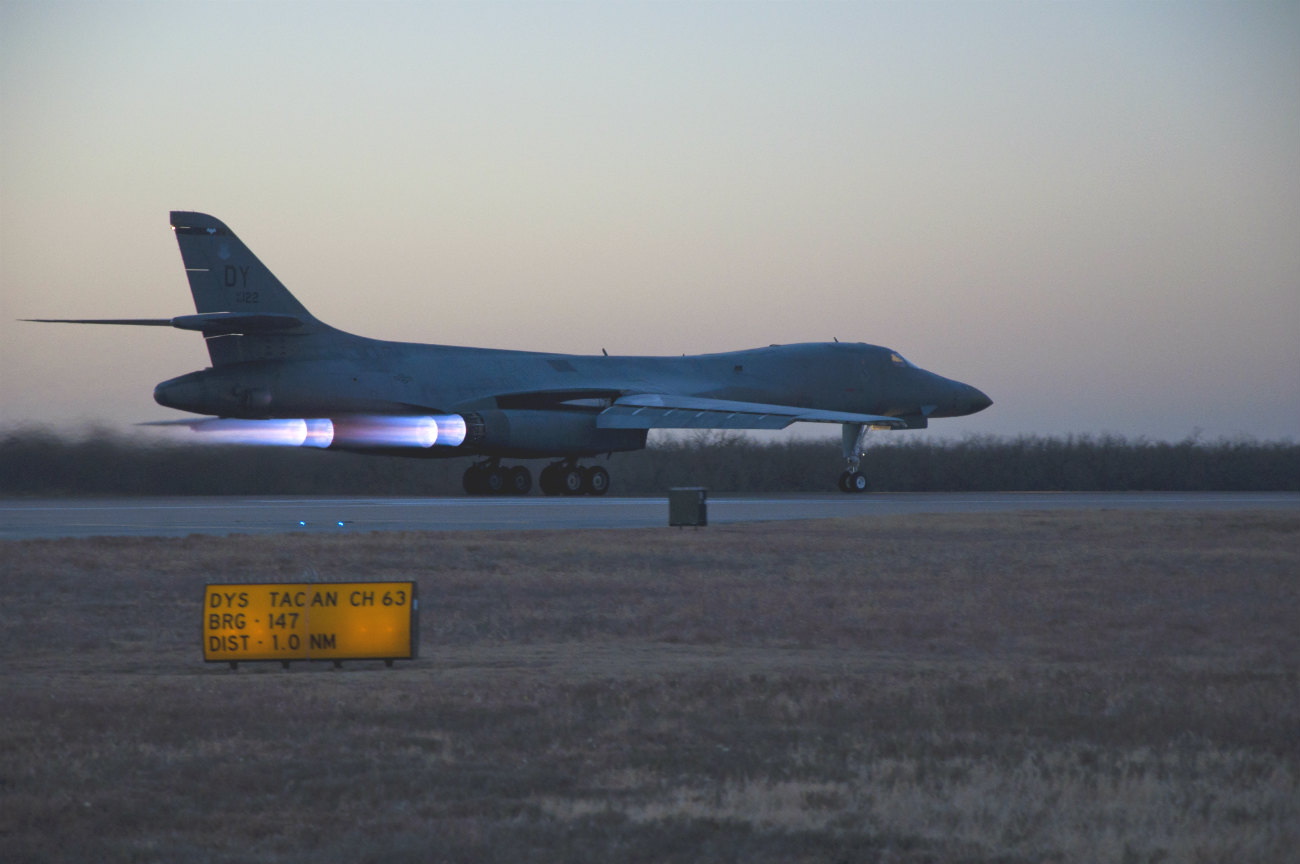
The first newly upgraded operational B-1B Lancer prepares to take flight. You might also like the B-2 Spirit Stealth Bomber. See all military aircraft images.

